TRC Toolkit: IMPLEMENTING TRAUMA RESPONSIVE CARE: ORGANIZATIONS
A trauma responsive organization supports staff to feel competent and confident when responding to patients presenting with trauma related symptoms. Organizations that are trauma responsive seek to reduce the stress that can be experienced in a health care setting and provide effective treatment. Trauma responsive care best practices should be embraced at both the clinical and organizational levels to create inclusive environments, improve patient outcomes, and increase safety and security for everyone involved.
A. IDENTIFY CHAMPIONS
Work with leadership to build commitment and support and find staff members who are motivated and passionate about implementing Trauma Responsive Care strategies at your organization. Designate an individual or team to coordinate and guide the work.
B. ORGANIZATIONAL ASSESSMENT
When implementing changes at any organization it is important to use an organizational assessment to determine the organization’s readiness and capacity to begin the change process. An organizational assessment establishes baseline competencies, capacity for making systemic changes, and identifying needs.
Resources & References:
Sample Trauma Responsive Care Organizational Assessments: https://traumatransformed.org/documents/tia_orchard.pdf
Vicarious Trauma-Organizational Readiness Guide for Victim Services: https://ovc.ojp.gov/sites/g/files/xyckuh226/files/media/document/os_vt-org_victim_services-508.pdf
NCTSN Trauma-informed Organizational Assessment (TIOA): https://www.samhsa.gov/resource/dbhis/nctsn-trauma-informed-organizational-assessment-tioa
Trauma-Informed Care Organizational Assessment, Traumatic Stress Institute: https://www.traumaticstressinstitute.org/resources/trauma-informed-care-organizational-assessment/
C. DETERMINE PRIORITIES & CREATE AN ACTION PLAN
Using the results of your organizational assessment determine your priorities and build a timeline for addressing each priority. Identify areas of strength to maintain and gaps that need to be addressed. Ensure your action plan is specific and realistic.
Resources & References:
Office for Victims of Crime, Blueprint for a Vicarious Trauma-Informed Organization: Step 3: Determine priorities and develop an action plan. https://ovc.ojp.gov/program/vtt/where-do-we-begin-contd/step-3
How to Improve: Model for Improvement | Institute for Healthcare Improvement (ihi.org)
D. IMPLEMENT CHANGES
Use the Plan, Do, Study, Act model to implement and test small changes within the care your team provides. Weave trauma responsive care concepts into patient rounds, provider rounds, and team debriefs. Measure outcomes.
Resources & References:
How to Improve: Model for Improvement | Institute for Healthcare Improvement (ihi.org)
Quality Improvement Essentials Tool-kit: https://www.ihi.org/resources/Pages/Tools/Quality-Improvement-Essentials-Toolkit.aspx
E. TRAIN STAFF
Provide regular opportunities for staff to receive training in Trauma Responsive Care and de-escalation strategies. Teaching staff to understand secondary traumatic stress and providing opportunities for teams to support each other and debrief challenging situations can reduce burn out and help staff experience compassion satisfaction.
